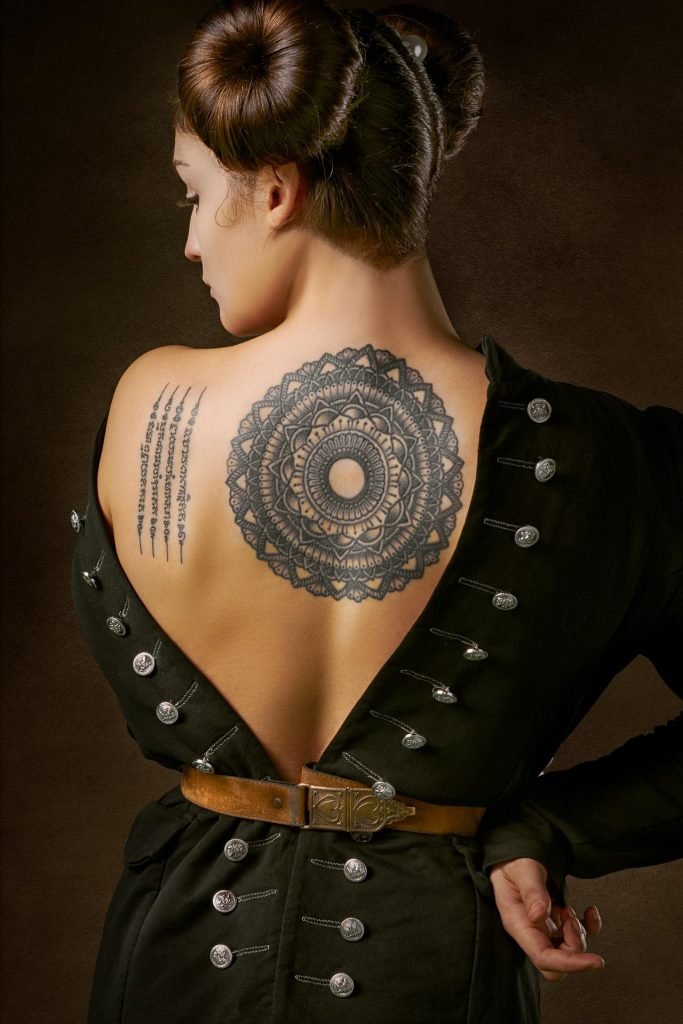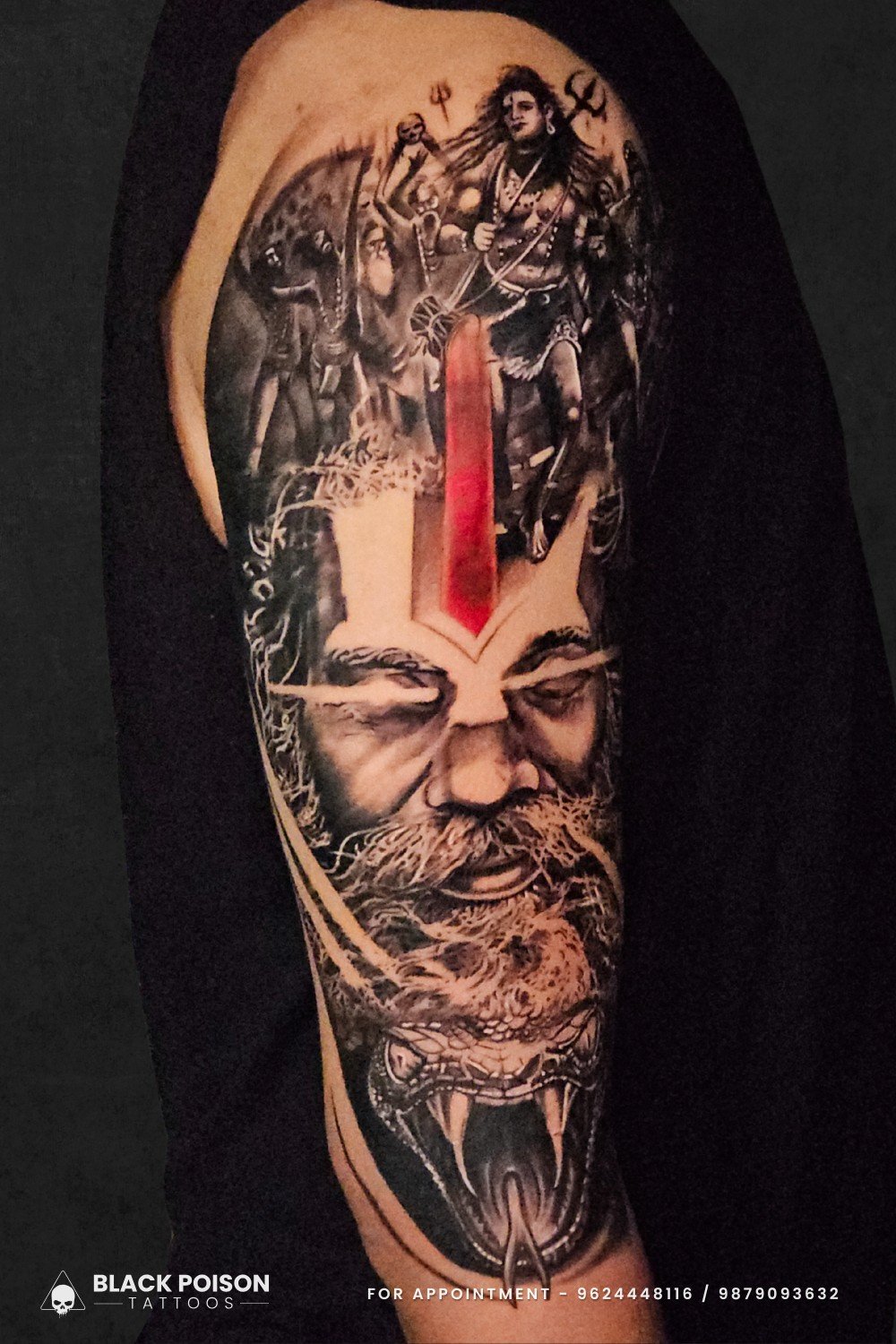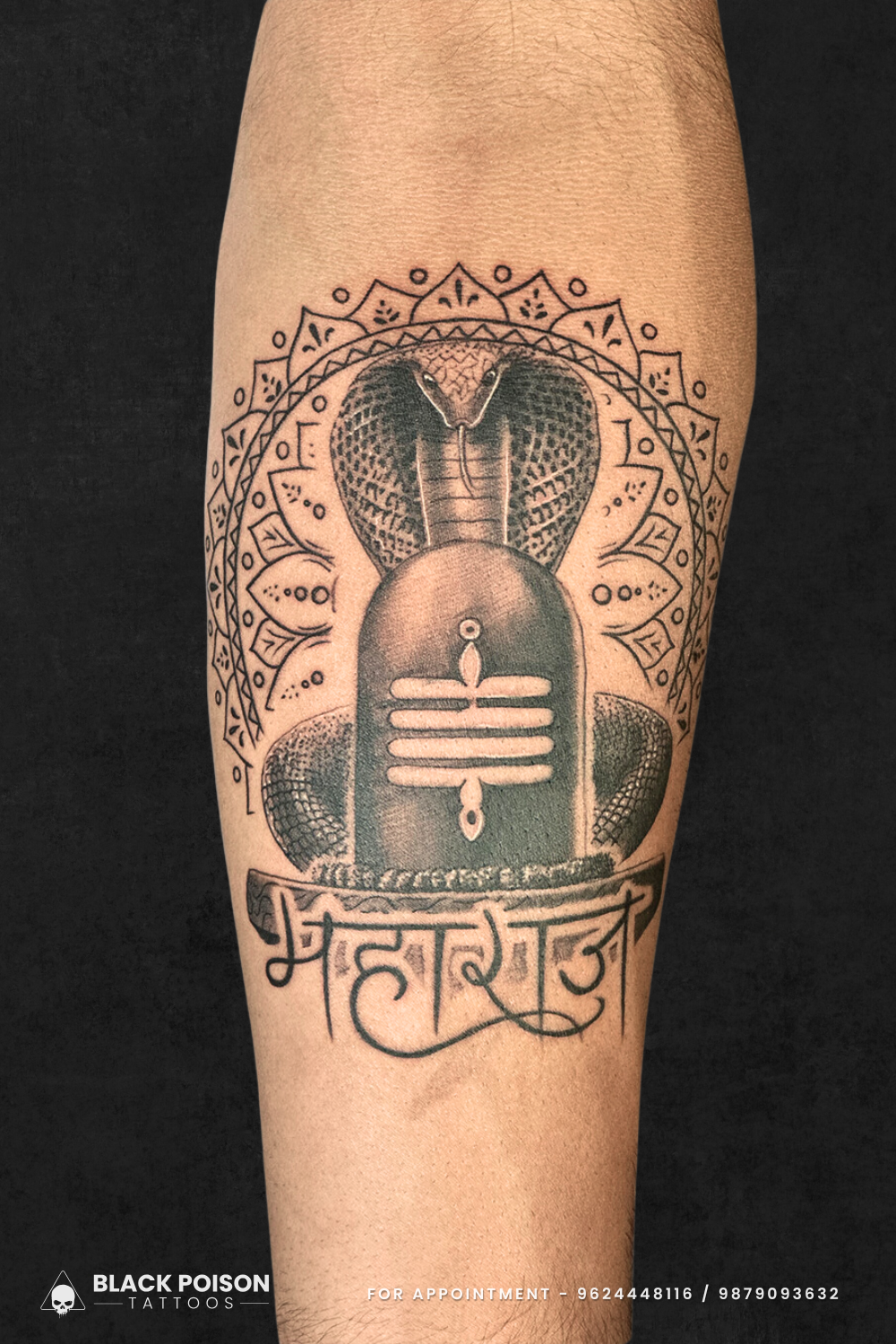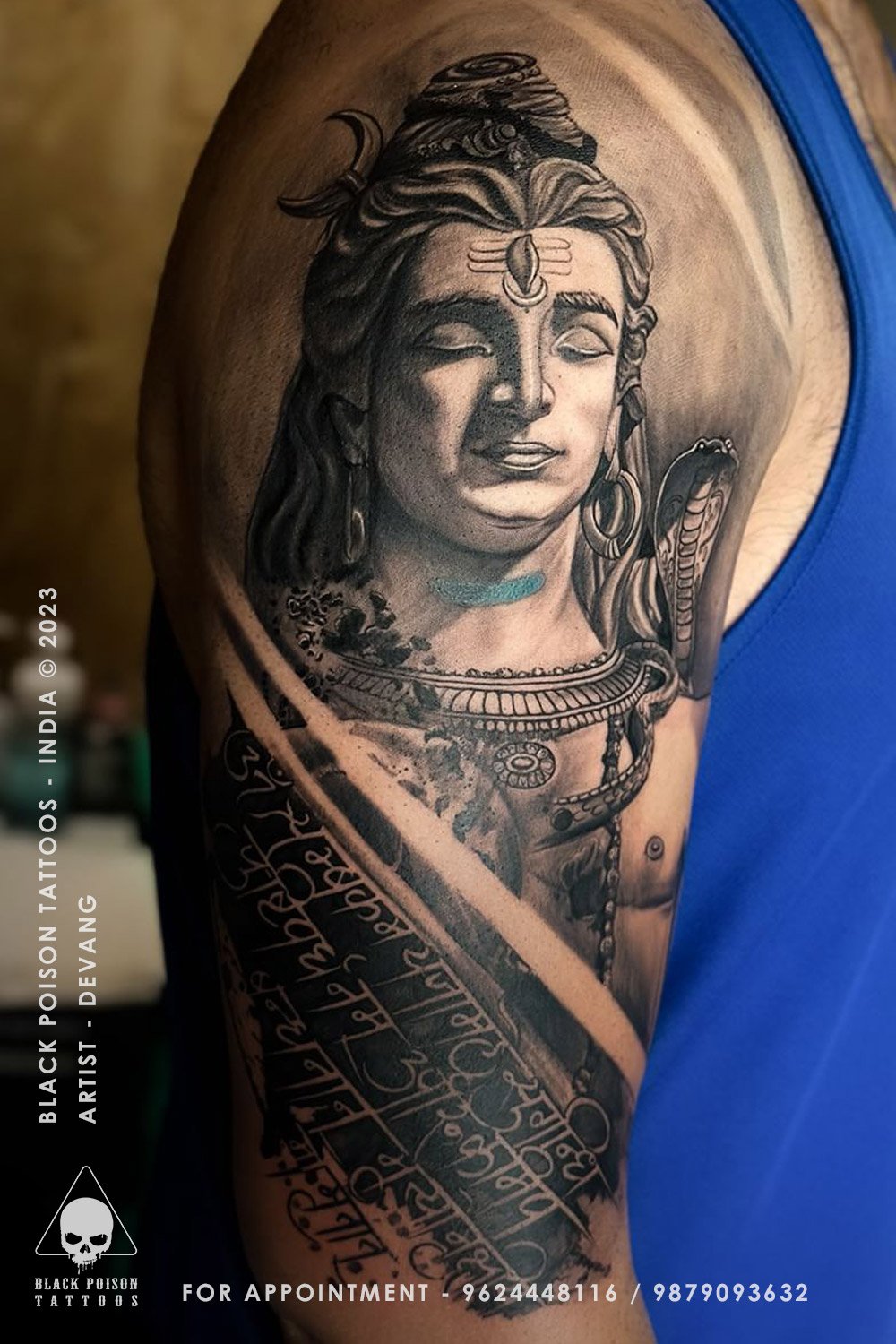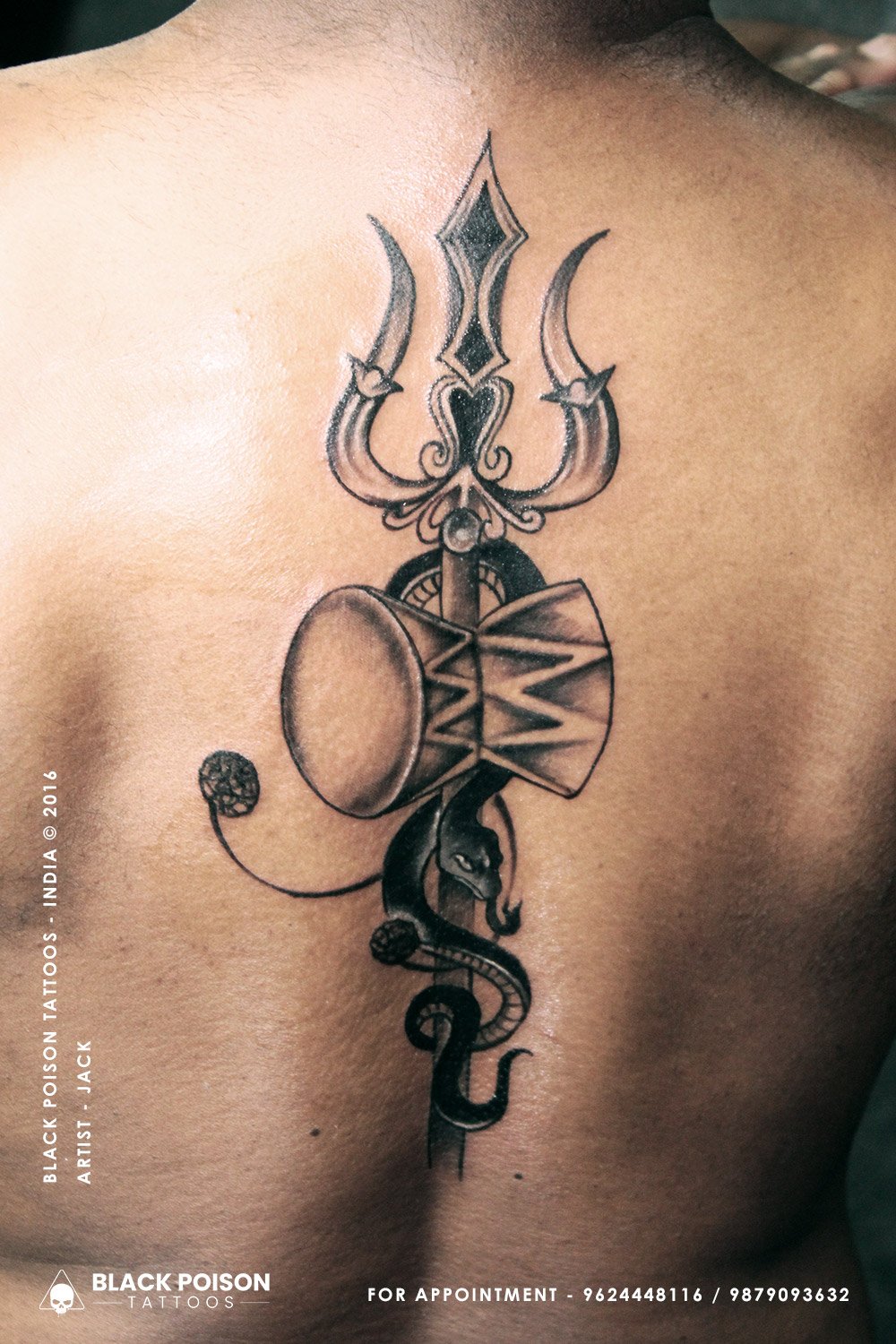In this article, we will explore the captivating world of Shiva tattoos, their meanings, designs, placements, and everything you need to know before getting inked.
Shiva is one amongst the foremost important gods within the Hindu pantheon and, along with Brahma and Vishnu, is taken into account a member of the God Almighty (trimurti) of Hinduism.
So Shiva Tattoo Designs are in fashion. A complex character, he could represent goodness, benevolence and function the guardian however he also encompasses a darker side as the leader of evil spirits, ghosts and vampires and as the master of thieves, villains and beggars. Discover more Tattoo Designs here.
Shiva tattoos have gained significant popularity in recent years, with more people embracing the timeless allure of Lord Shiva’s imagery and symbolism. As one of the most revered deities in Hindu mythology, Lord Shiva represents various facets of existence, including destruction, creation, and spiritual enlightenment.
The Symbolism of Shiva Tattoos
Shiva tattoos are not merely decorative; they encapsulate the profound symbolism associated with Lord Shiva. These tattoos allow individuals to embody and express the qualities and attributes represented by Lord Shiva in their own lives.
One popular symbol depicted in Shiva tattoos is the Trishul, which represents power, protection, and the overcoming of evil forces.Another significant symbol is the third eye, which symbolizes inner wisdom, intuition, and spiritual awakening.
The cosmic dance of Lord Shiva, known as the Nataraja, is also a favored design choice for those seeking to showcase the rhythm and harmony of the universe.
Additionally, snake tattoos are often incorporated into Shiva designs, representing Lord Shiva’s association with serpents and the Kundalini energy.
Different Designs of Shiva Tattoos
Shiva tattoos come in a myriad of designs, ranging from intricate and detailed artworks to minimalist and subtle representations. Intricate Lord Shiva tattoos capture the essence of the deity’s divine nature, showcasing meticulous detailing of features like the third eye, matted hair, and sacred Ganga flowing from his locks.
On the other hand, minimalist Shiva tattoos offer a more understated approach, often featuring simple outlines or symbols that evoke a sense of elegance and reverence. For those seeking to embody Lord Shiva’s fierce form, angry Shiva tattoos portray the deity in his most intense and powerful manifestations.
Furthermore, Shiva tattoos can be combined with other elements such as lotus flowers or the sacred Om symbol, allowing for a personalized and unique design.
Placements for Shiva Tattoos
The placement of a Shiva tattoo is a personal choice that can contribute to the overall impact and visibility of the design. Many individuals opt for Shiva tattoos on their hands, as it allows for easy visibility and serves as a constant reminder of the deity’s presence.
The forearm is another popular choice, providing a larger canvas for more elaborate designs and making a bold statement. Back or chest tattoos offer ample space for intricate Shiva designs that span across the skin, creating a visually captivating artwork.
Alternatively, those seeking a discreet yet meaningful placement often opt for Shiva tattoos on their ankles or wrists, allowing for a more subtle representation.
Choosing the Right Shiva Tattoo Design
When selecting a Shiva tattoo design, it is essential to consider your personal connection to Lord Shiva and the symbolism you wish to embody. Take the time to research different design options and explore various artistic interpretations of Lord Shiva.
You can gather inspiration from religious scriptures, artwork, or even consult with a professional tattoo artist experienced in religious tattoos. By combining your personal preferences with the guidance of an expert, you can create a Shiva tattoo design that holds deep significance and resonates with your spiritual journey.
The Process of Getting a Shiva Tattoo
Getting a Shiva tattoo is a significant decision that requires careful consideration and preparation. Start by finding a reputable tattoo artist who specializes in religious tattoos and has a thorough understanding of Lord Shiva’s iconography.
Consult with the artist to discuss your desired design, size, and placement, allowing them to provide valuable insights and recommendations. Once you have finalized the design, mentally and physically prepare yourself for the tattoo session.
Ensure you are well-rested, have eaten a nutritious meal, and are mentally focused. During the tattooing process, it is crucial to maintain a relaxed state and follow the artist’s instructions for the best results.
Maintaining and Enhancing Shiva Tattoos
Aftercare plays a vital role in ensuring the longevity and vibrancy of your Shiva tattoo. Follow the instructions provided by your tattoo artist meticulously, which typically include cleaning the tattoo with a mild soap, applying a suitable ointment or moisturizer, and protecting it from direct sunlight and excessive moisture.
Over time, you may consider enhancing your Shiva tattoo by incorporating additional elements or expanding the design. Discuss these possibilities with your tattoo artist, who can help you explore options to further enrich the visual appeal and meaning of your Shiva tattoo.
Conclusion
Shiva tattoos offer a captivating way to connect with the profound symbolism and spirituality associated with Lord Shiva. Whether you choose a Trishul Shiva tattoo, a minimalist depiction, or an angry Shiva tattoo, each design holds its own unique significance. By carefully selecting the design, placement, and by following proper aftercare, you can ensure that your Shiva tattoo becomes a cherished and timeless representation of your devotion and connection to Lord Shiva.
FAQs
1. Are Shiva tattoos only for people of Hindu faith?
Shiva tattoos are not limited to people of Hindu faith. Many individuals from diverse backgrounds appreciate the symbolism and spiritual significance of Lord Shiva, leading them to embrace Shiva tattoos as a form of personal expression.
2. Do Shiva tattoos have any specific cultural restrictions?
While Shiva tattoos are widely celebrated, it is essential to be respectful and mindful of cultural appropriation. Understand the cultural context and symbolism associated with Lord Shiva, and approach the tattoo with reverence and knowledge.
3. Can I combine a Shiva tattoo with other religious symbols?
Yes, you can combine a Shiva tattoo with other religious symbols if it aligns with your beliefs and intentions. However, it is crucial to ensure that the combination respects the cultural and religious significance of each symbol.
4. How long does it take to get a Shiva tattoo?
The duration of getting a Shiva tattoo depends on various factors such as the design complexity, size, and the individual’s pain tolerance. It could range from a few hours for smaller tattoos to multiple sessions for larger and intricate designs.
5. Is there any specific significance to the color of the tattoo ink?
The choice of tattoo ink color is subjective and can vary based on personal preference. While black ink is commonly used for Shiva tattoos, some individuals may opt for other colors to add visual interest or symbolic meaning to their design.
